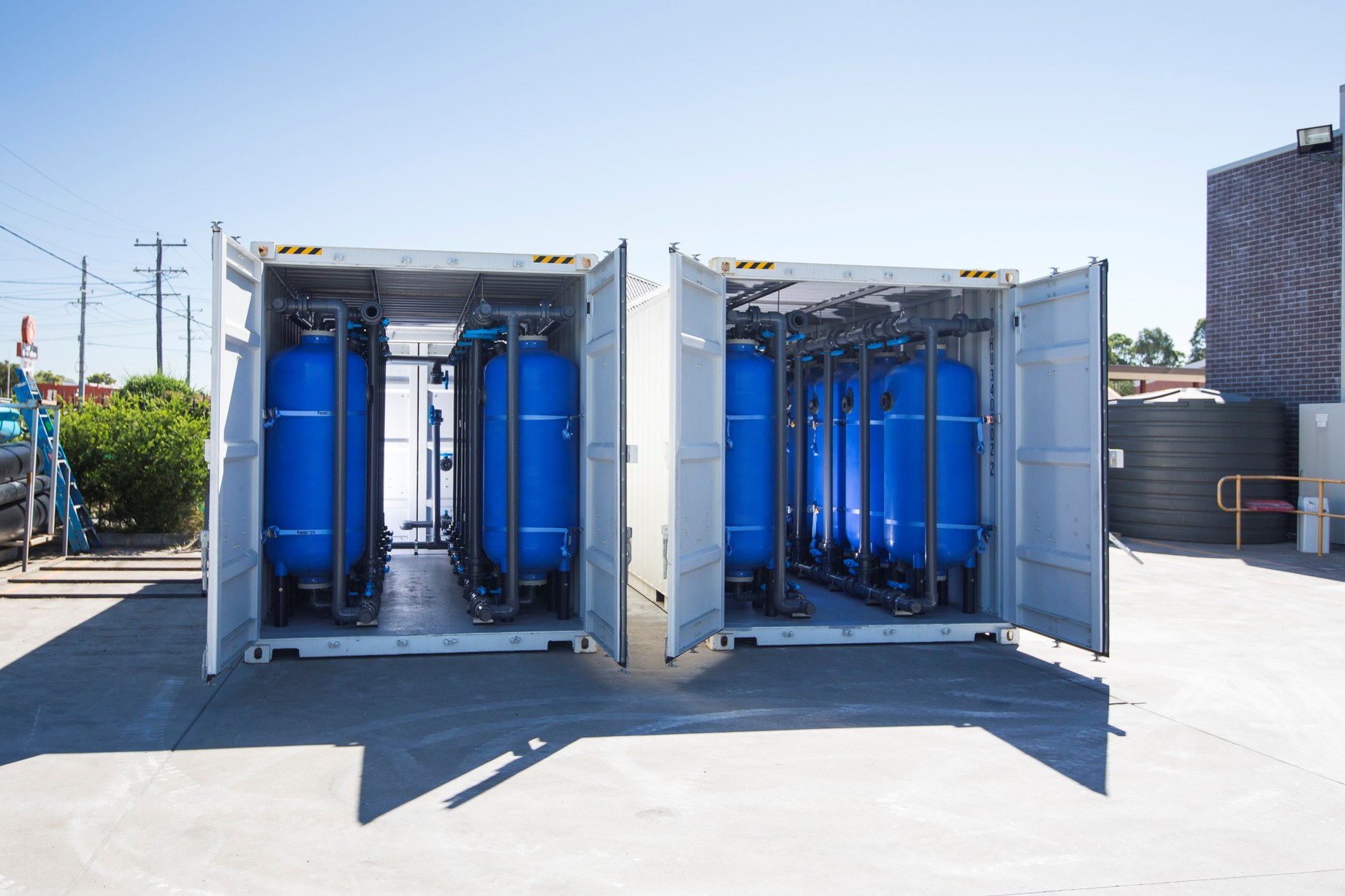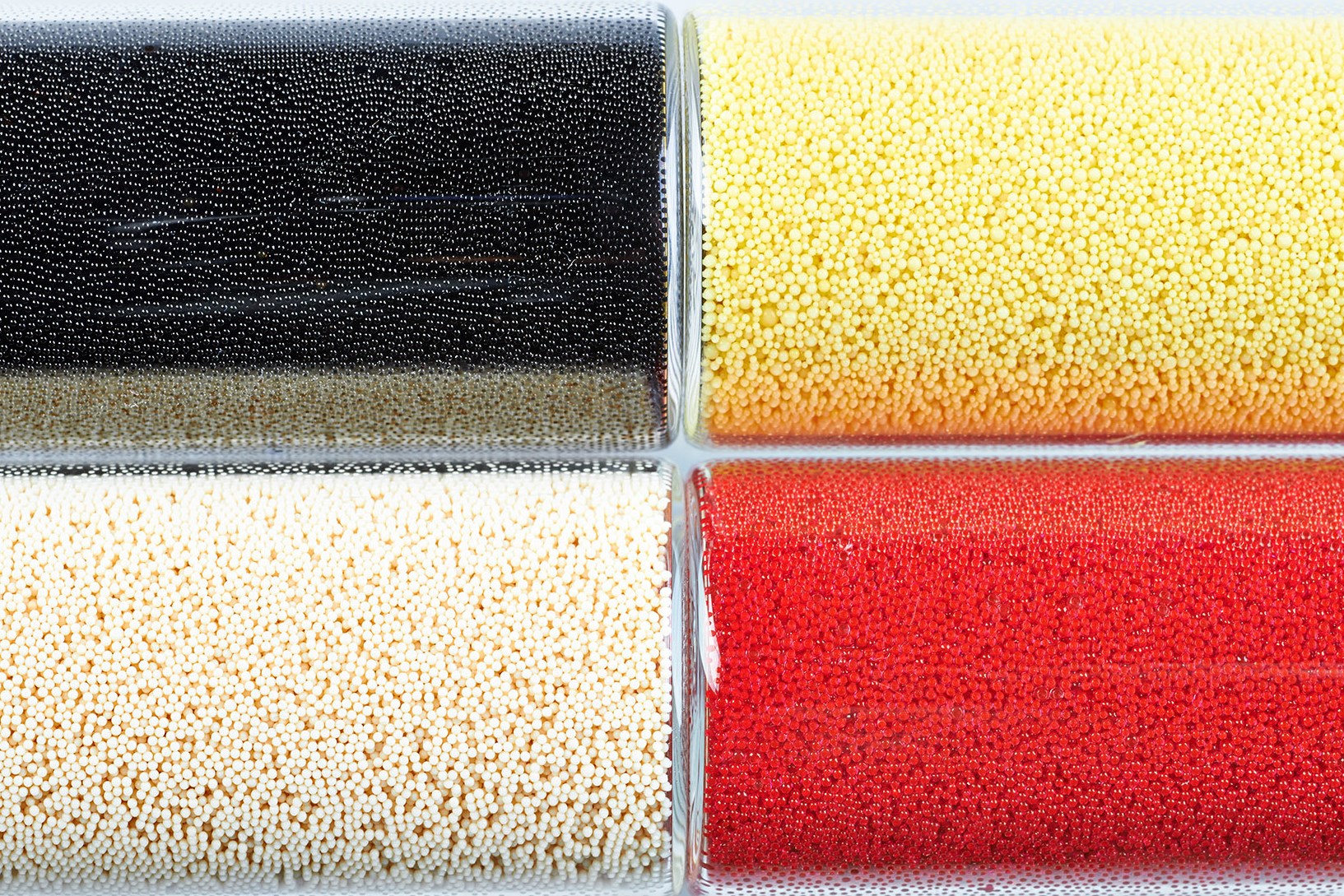
Removal of per- and polyfluoroalkyl substances (PFAS)
There is currently a focus on problems such as the widespread contamination of water around the world with an array of per- and polyfluoroalkyl substances (PFAS), which are found in products such as fire-extinguishing foams and impregnation agents for textiles and paper as well as lubricants. All of them contain carbon-fluorine bonds. These are some of the strongest bonds in organic chemistry. Consequently, the substances are virtually non-biodegradable – an advantage when they are in use, but quite the opposite if they make their way into the environment.
Compounds in this class namely accumulate in the bodies of living organisms once ingested. Their durability means that even traces must be removed from wastewater and that contaminated groundwater must be cleaned up. This involves adhering to national and regional limits measured in parts per thousand (ppt), some of which are extremely low.
For example, in the US state of Massachusetts, a provisional "maximum contaminated level (MCL)” of 20 ng/l (ppt) has been enacted for the sum of the most common PFAS. Similar strict limits are currently being discussed for the European Union.
Lewatit® TP 108 DW anion exchange resins are particularly good at this. They can be relied upon to bind even traces of PFAS right down to the ppt range. Because of this and thanks to their greater effective absorption capacity of up to 100 g/l – even in the presence of chlorides and sulfates – this process is far superior to conventional filtration using activated carbon. Their service lives can be as much as five times longer than those of activated carbon filters.
DOWNLOAD LITERATURE NOW
Lewatit® TP 108 DW meets the requirements of the NSF/ANSI/CAN 61 standard for drinking water systems and has been certified by the US Water Quality Association (WQA).
Ion exchange resins can be used to remove higher concentrations of PFAS as well. This can be achieved, for example, in a two-stage process using the regenerable, weakly basic Lewatit® MP 62 WS in combination with the strongly basic Lewatit® K 6362 for subsequent final polishing.
For further information, click on the following link where we provide additional information about Lewatit® ion exchange resins in the municipal water treatment industry.
